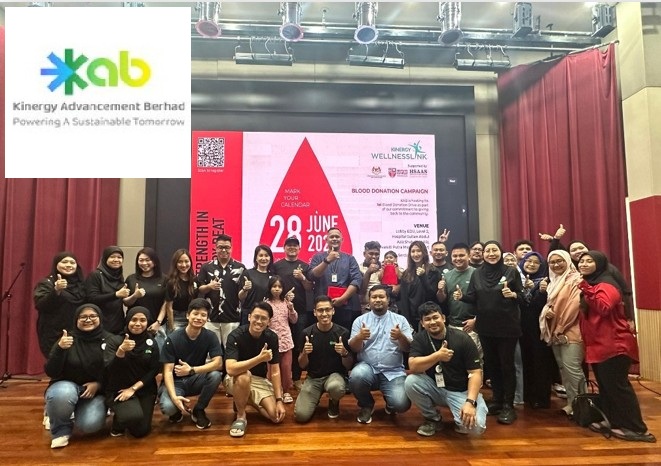THE flourishing of e-commerce businesses during the pandemic has created a surge in rising demands and standards set by online consumers. To meet these demands, technologies to assist and smoothen the flow of the supply chains for e-commerce businesses have been speedily introduced to the market, including warehouse management systems (WMS).
WMS automates warehouse operations and reduces the need for manual tasks, opening up more opportunities for employees to be reassigned to other important areas that require their attention. This also minimises any errors that can be caused by tedious, manual processes.
Despite entering the post-pandemic era, the capricious nature of the COVID-19 virus can never be fully predicted and businesses should always be on the lookout for sudden tidal changes. Hence, it is crucial that warehouses equipped with WMS are properly maintained to weather any storm.
Managing expectations
The implementation of new systems will never be an easy feat for business stakeholders. Despite the anticipation of improvements and other positive changes that may come along, there is always a fear of stepping out of one’s comfort zone.
Therefore, change management which is the systematic approach to dealing with the transition or transformation of an organisation’s goals, processes or technologies, is important and should be continuously practised as it prepares businesses for future steps, laying out the deliverables that the system can bring forth.
This is significant as not only can businesses avoid any occurrence of post-implementation disasters, but will also ensure that expectation gaps are eliminated and that the expectation of stakeholders are aligned with what the system can achieve.

Post-deployment
To ensure that the effectiveness of a WMS is ready and functional at all times, businesses need to execute proper post-deployment maintenance steps for their systems. As mentioned above, change management is crucial in guaranteeing the continued functionality of WMS.
One of the methods used in change management is the provision of training and workshops to all of the business stakeholders and not just the employees or the workforce. This not only allows involved parties to align their expectations with the deliverables of the system but will also provide them with any relevant information that they need to understand about WMS.
Moreover, businesses should have a dedicated department in charge of monitoring the WMS, acting as the first point of contact for any warehouse-related issues. This department will also be responsible for:
- Always reviewing and following the system’s design strictly and check for any possible upgrades to the system
- Ensuring the system’s highest availability without limiting network connection, electric power supply and standby devices, etc.
- Renewing the licence, support-maintenance services, and hardware warranty on-time
- Updating or replacing core parts of the system that have end-of-life (EOL) support (as these EOL items are vulnerable to cybersecurity risks and finding replacements can be very time-consuming)
- Assigning an inhouse IT personnel to provide Level 1 support so they can speedily identify any IT-related issues and are trained sufficiently to provide emergency support
- Always be ready with point-of-contacts that can provide immediate external support (outsource) for Level 2 and Level 3 technical difficulties
Avoiding WMS downtime
However, given how quickly these businesses (especially those within the e-commerce landscape) have the potential to scale, this means that they have greater potential to be affected negatively should the automations implemented stop being reliable.
Not establishing proper post-deployment maintenance for WMS can be detrimental to a business’ supply chain as there will be service interruptions, delays in procuring raw materials, order fulfilment delays and other possible consequences that can disrupt a business’ day-to-day functions.
On that account, it is important that modern businesses properly equip their warehouses with all the necessary contingency measures to counteract different crises.
There are multiple ongoing initiatives that are aimed at helping businesses elevate themselves while minimising the financial burdens they carry. For instance, the Malaysia Digital Economy Corporation (MDEC) is currently providing one-off grants for businesses that can be utilised to invest in WMS as part of the digital transformation grant.
Whenever applicable, businesses can also include maintenance costs as part of their operational expenses. – May 18, 2022
Hann Yang Tan is the Business Director of Intelli-Mark Consolidated which specialises in digital delivery skills such as workforce, cloud and cybersecurity transformations.
The views expressed are solely of the author and do not necessarily reflect those of Focus Malaysia.










